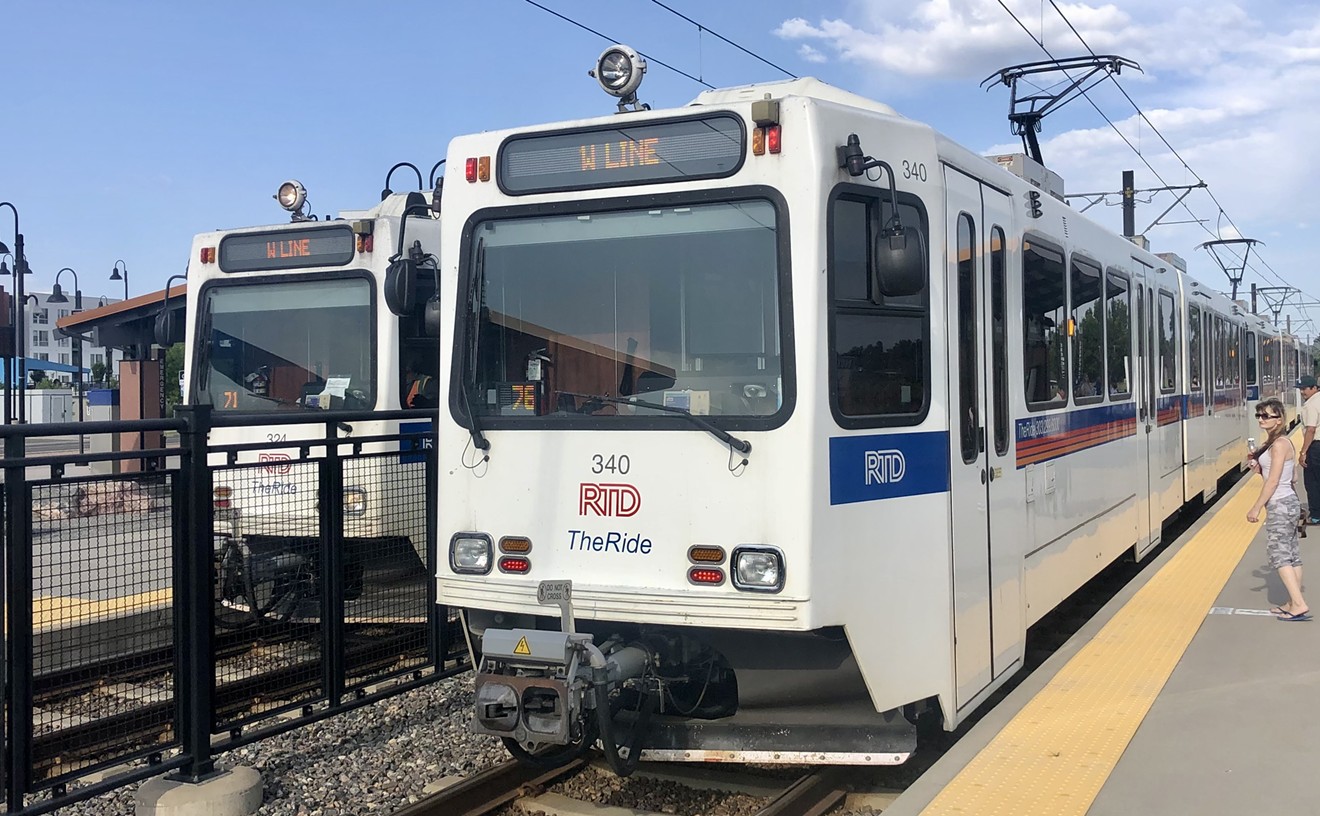Denver is a city of great neighborhoods — some modest, like Westwood, others moneyed.
And last Friday, it got a brand-spanking-new neighborhood: Union Station North.
Not so long ago, there wasn’t much there there, even though the area is in one of the oldest parts of Denver, near where the frontier town first sprang up.
But 140 years later, the expanse of vacant lots and dusty railroad yards bounded by the tracks and 20th Street, Park Avenue West and Wewatta was home to very few official residents.
But then development began spilling out of LoDo (which was just known as lower downtown until then-Denver Post columnist Dick Kreck gave the old warehouse area a catchy new name thirty years ago) and LoHi (which had always been a part of Highland until developer Paul Tamburello, who was working on the Olinger project a dozen years ago, gave a catchy new name to the edge of that neighborhood, too), and landed in what was technically known as Prospect.
The area’s original moniker came from the Prospect railyards, and although a decade ago developers tried pushing the grander Prospect Park, that name never really caught on.
In fact, most Denver residents didn’t even know Prospect was there. But as the area continued to grow with new bars and restaurants, and more and more residents started moving into the brand-new townhouses and condos and pricey apartments going up, they decided they needed to get organized.
“It wasn’t really ‘Let’s go change the name,’” recalls George Pacienza, who moved to Prospect three years ago from very suburban Chicago and now heads the Union Station North Registered Neighborhood Association. “It was, ‘We need to drive and improve our neighborhood to make it a great neighborhood.’” Great, and growing all the time: By then, there were more than 3,500 residents, crammed into one-tenth of a square mile – which makes this neighborhood ten times as dense as the average in Denver.
At first, though, the residents weren’t sure they needed to create an entirely new organization, much less a new name for where they lived.
“We wanted to use what’s there,” says Pacienza. “We reached out to all the nearby neighborhood organizations, and no one seemed to care about us.”
According to city maps, the area falls in the greater neighborhood of Five Points, but River North and Ballpark had already worked to create separate identities.
So this group decided to do the same: They didn’t need to be appended to groups representing LoDo or LoHi or RiNo or any of the nearby neighborhoods with catchy nicknames.
The residents talked to city planners about what makes a good neighborhood. They learned that the description includes an area that is “clean and safe,” with “robust personal interactions,” “viable economics” and “access to services” — both government and commercial.
The new King Soopers on 20th had finally closed a crucial commercial gap, but another qualification, “a clear identity,” remained a challenge.
“We were trying to see how we would move forward, and no one really knew what Prospect was,” says Pacienza. “We were worried we’d be the ‘King Soopers Downtown Neighborhood.’”
As they continued to chat with neighbors and businesses about how to improve the neighborhood, they also polled people about what they thought the name should be. Union Station North came out the clear winner.
By now, everyone in Denver knows where Union Station is and what a booming asset it has become. And as long as they remember that downtown is on a grid, they’ll recognize that this neighborhood is north of Union Station.
Or Union Station North, which is what the new sign says at the entrance to the neighborhood at 29th Avenue and Chestnut Street. Local businesses donated the money to make the sign, and at last Friday’s name-change celebration — definitely a robust personal interaction — a couple hundred people came out for the party.
They had no trouble finding Union Station North.
[
{
"name": "Air - MediumRectangle - Inline Content - Mobile Display Size",
"component": "12017618",
"insertPoint": "2",
"requiredCountToDisplay": "2"
},{
"name": "Editor Picks",
"component": "17242653",
"insertPoint": "4",
"requiredCountToDisplay": "1"
},{
"name": "Inline Links",
"component": "18838239",
"insertPoint": "8th",
"startingPoint": 8,
"requiredCountToDisplay": "7",
"maxInsertions": 25
},{
"name": "Air - MediumRectangle - Combo - Inline Content",
"component": "17261320",
"insertPoint": "8th",
"startingPoint": 8,
"requiredCountToDisplay": "7",
"maxInsertions": 25
},{
"name": "Inline Links",
"component": "18838239",
"insertPoint": "8th",
"startingPoint": 12,
"requiredCountToDisplay": "11",
"maxInsertions": 25
},{
"name": "Air - Leaderboard Tower - Combo - Inline Content",
"component": "17261321",
"insertPoint": "8th",
"startingPoint": 12,
"requiredCountToDisplay": "11",
"maxInsertions": 25
}
]











